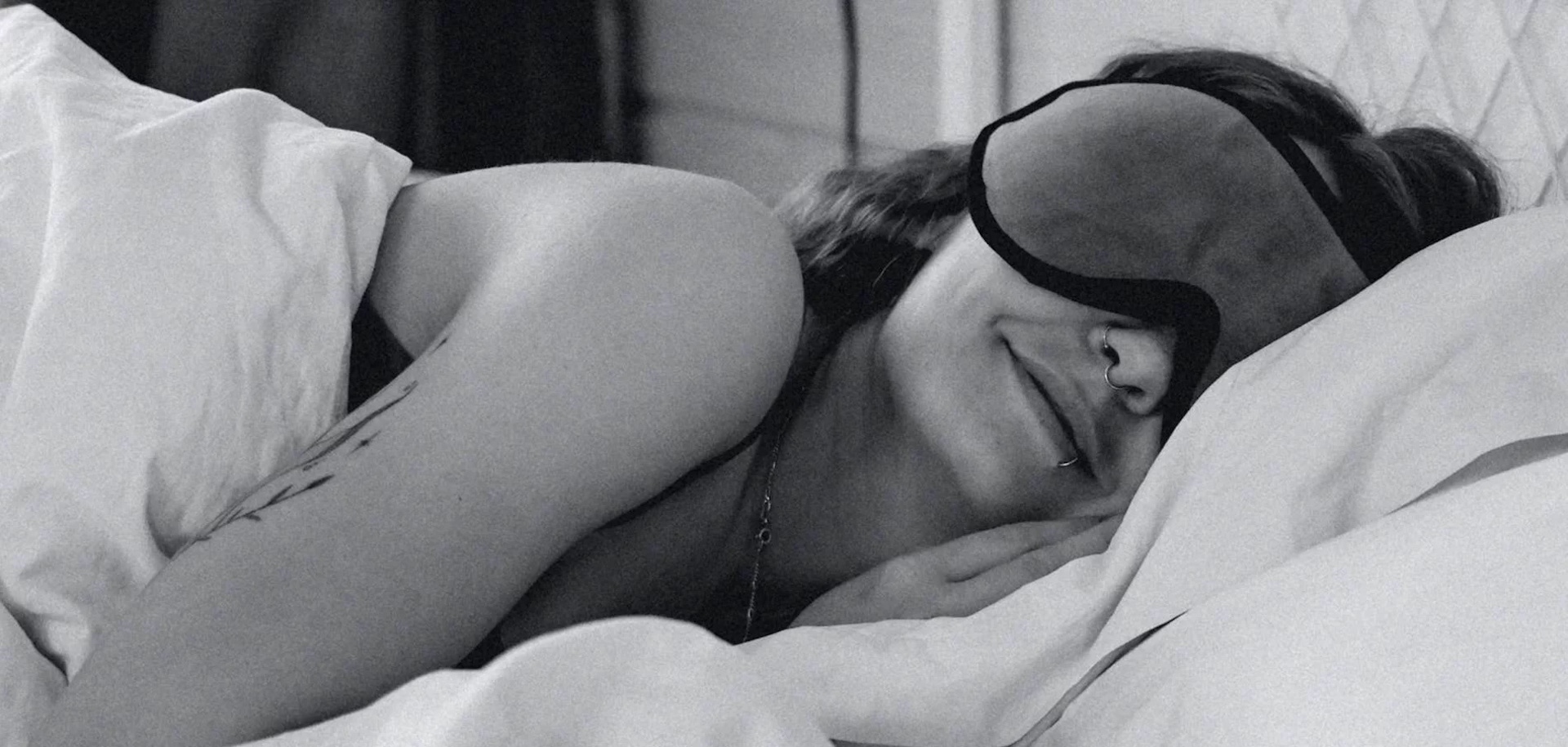Three seconds (aka, 30 minutes) later, you wake with a start, confused and annoyed, with a pounding in your head and a crick in your neck. Oh, the joys of working from home.
Still haven’t got the power nap downpat? While studies have shown that it can improve alertness, memory, cognitive performance and logical reasoning, it’s only if you do it the right way. So, here’s how.
The length of time you sofa-snooze is crucial
Too short and there’s no point; too long and your body will start to think it’s going into stage three/four sleep. This will make it harder for you to wake up, upsetting your circadian rhythm and making you groggy. Unless, of course, you have a spare 90 minutes… This psychologist says an hour-and-a-half potentially offers the same benefits as a full eight-hours’ shut-eye. Nice.
If you’ve only got a short window, some studies say 10 minutes is the ultimate nap length, while others recommends 20 minutes to feel refreshed and more alert. With limited time, it’s imperative to get to sleep fast, and for that you need to make sure your environment is conducive to sleep. Use an eye mask, some ear plugs, darken the room and throw a weighted blanket over your legs, if it’s not too warm, of course. Countless studies have shown the pressure of a heavy blanket can lower the heart rate, calm the nervous system, soothe anxiety and even provide protection from sensory overload.
The time you take your power nap is important too
If you work a typical nine-to-five, any time after 4pm threatens to disrupt your sleep cycle at night. That’s why post-lunch is a good time for most to keep you focused for the rest of the day – anytime between 12.30pm and 2pm.
If you start making power naps a regular thing, there are plenty of long-term health benefits to look forward to, from enhanced memory to increased creativity. You might even experience better heart health – adults who took one to two naps in this study had a lower risk of heart disease and stroke than those who didn’t nap at all.
Want to make your inbox infinitely better? SIGN UP to The Suite – it’s the magazine-style newsletter you’ve been waiting for.




